Water is the most important part of making sake. We use the famous, pristine water from Mount Gassan and Mount Asahi that represent the Shonai Plain. The water features less impurities and low hardness, enabling mild fermentation and clean brewing with a less unfavorable taste.
KORAI
メニューOur commitment
Gratitude for the Blessed Grace
Maximizing its Potential
Commitment to material procurement
Water

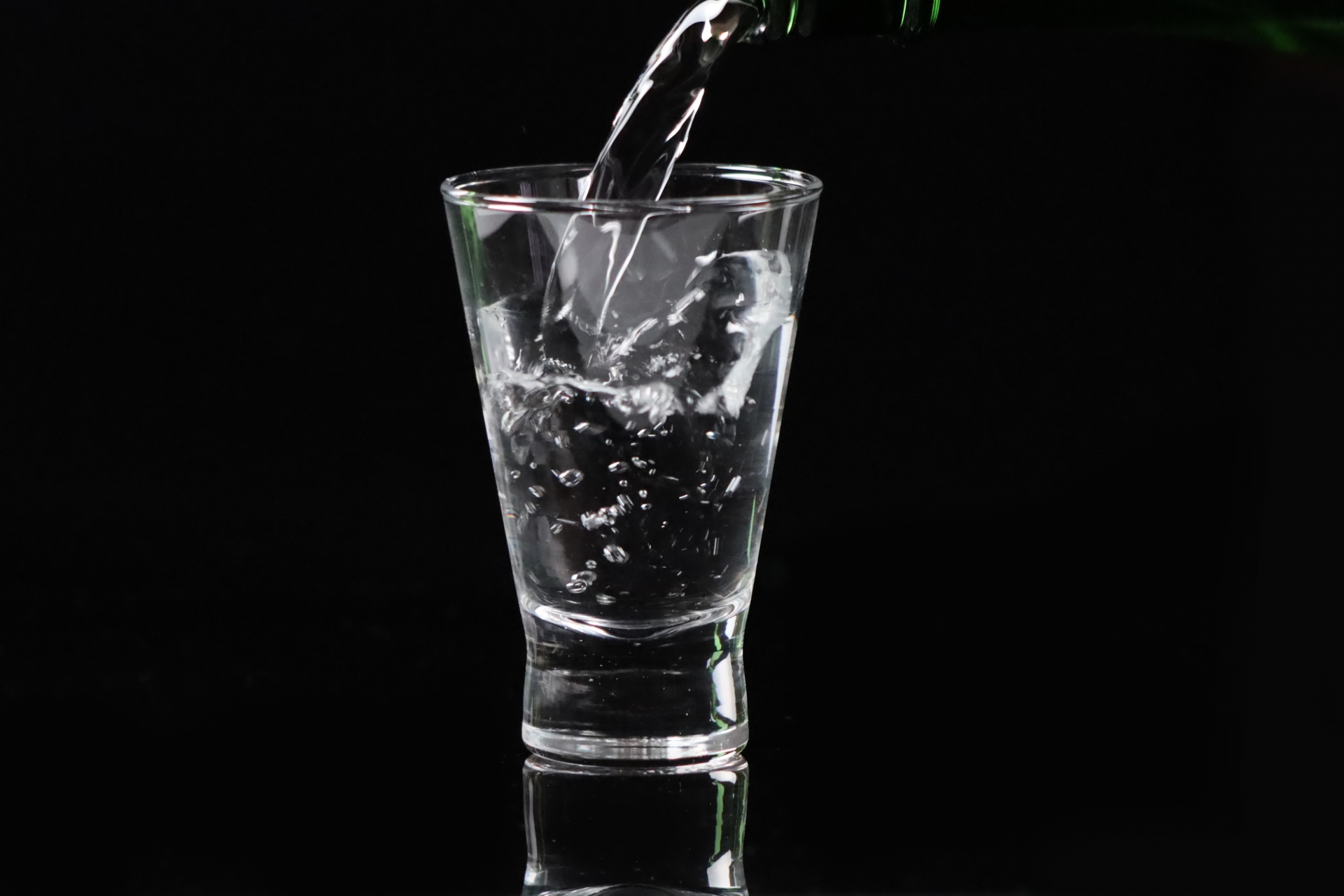
Rice
Rice
Two varieties of rice grown by the contracted farmers (Miyama Nishiki and Haenuki) are blended and treated using our original raw material rice processing method. As a result, the qualities of the materials that are only realized by Kimoto zukuri are drawn out.

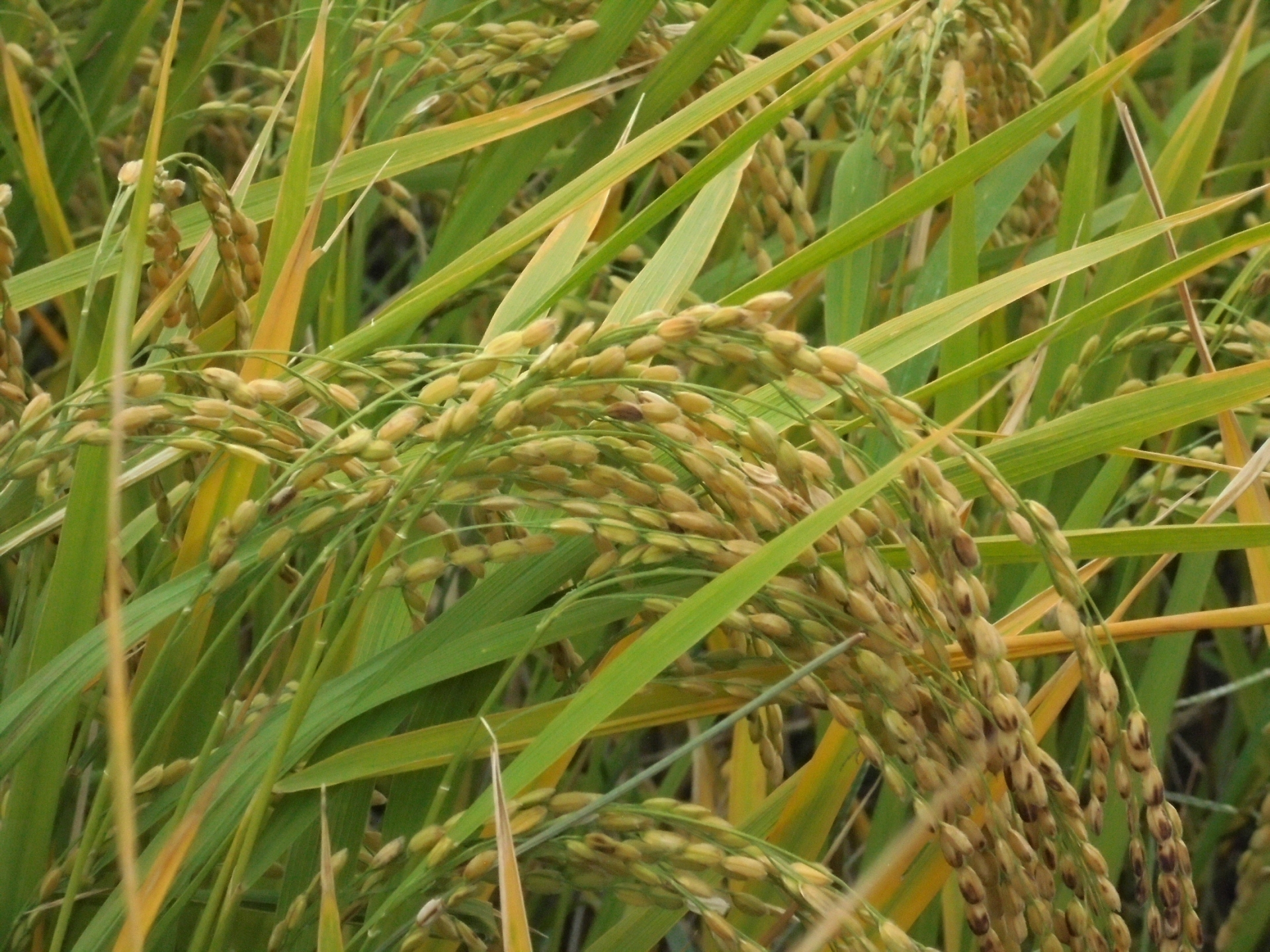
Yeast and koji
Yeast and koji
We ensure sound fermentation by using different types of yeast and koji that we culture through traditional methods according to the different characteristics of rice in an amount at least three times larger than usual.
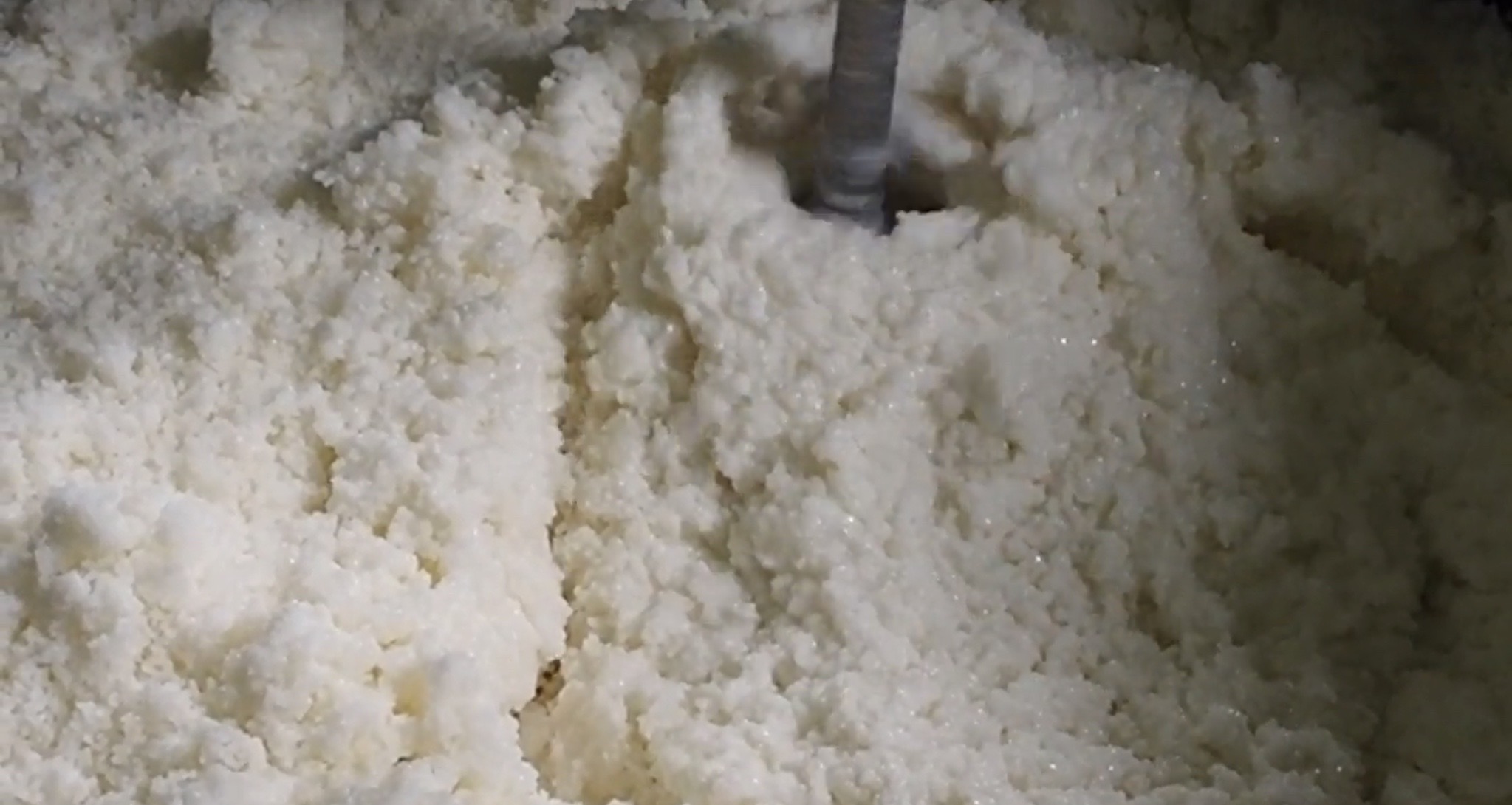
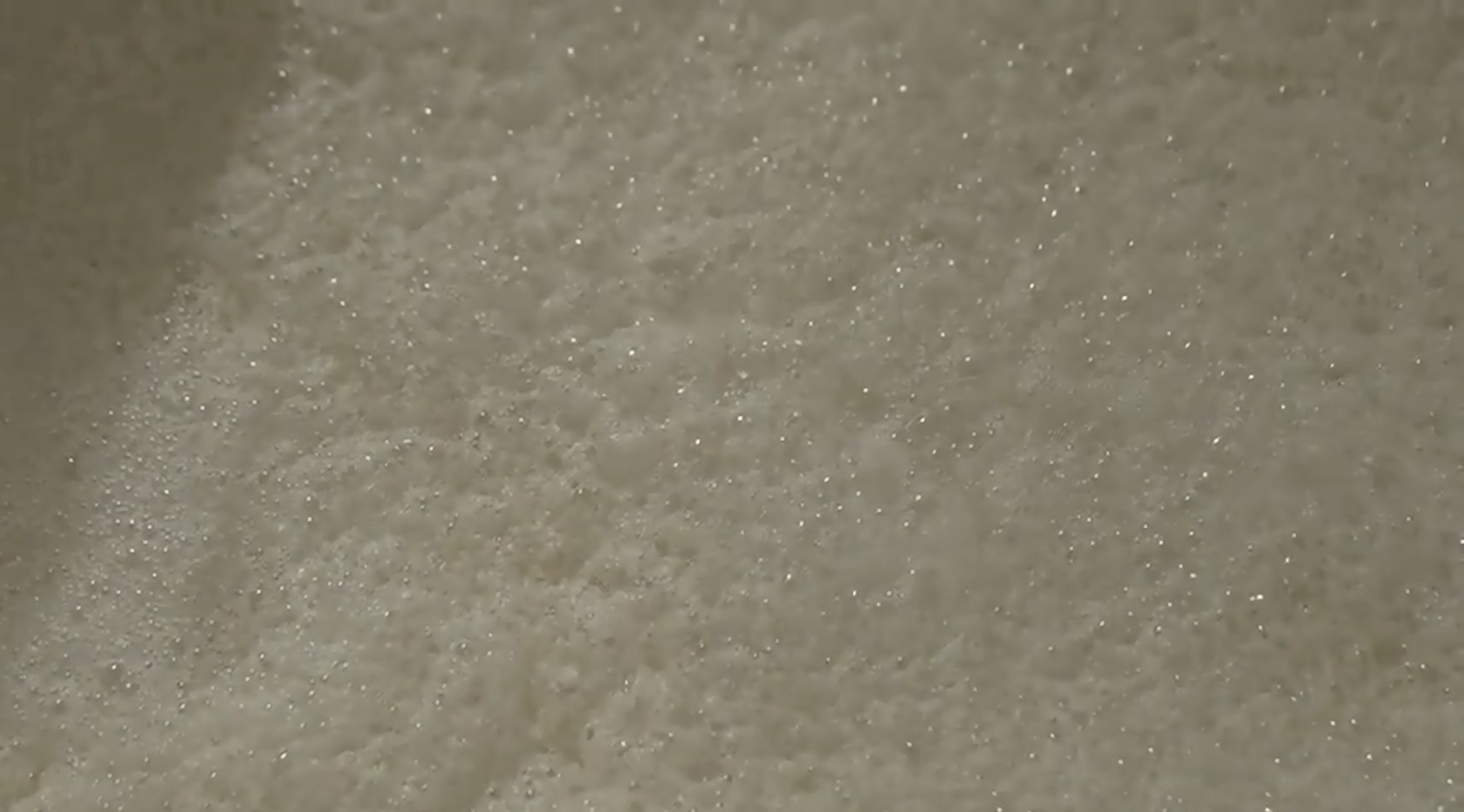
Carry on the Brewing Tradition
commitment to fermentaion
Brewery
Brewery
Watarai Honten
Watarai Honten is the long-established sake brewery founded in the first half of the Edo period, about 400 years ago (Genna Era).
It focuses on personalization while respecting traditional brewing methods. Its product development is ahead of its time.
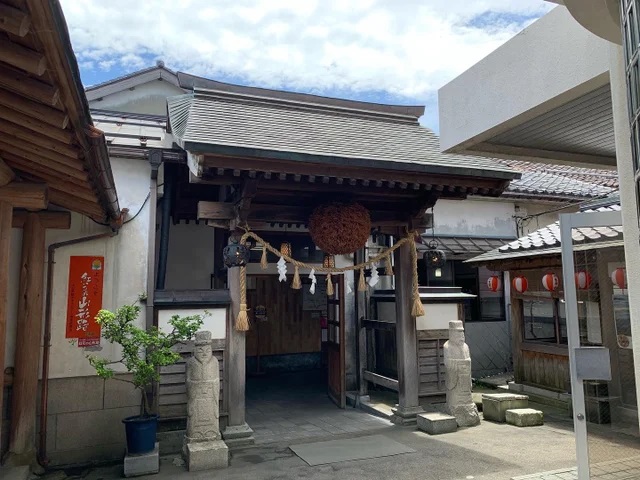
Fermentation
Fermentation
Japanese sake undergoes multiple parallel fermentations, setting it apart from wine and beer production. This complex process combines various elements, including the maker’s sensibilities, the master brewer’s skills, and the environment, resulting in a unique fermented extract. It involves rice, koji, yeast, and water, and Watarai Honten utilizes kimoto zukuri brewing, which encourages fermentation of natural substances. This fermentation produces SHONAI BIJIN-Rice Fermented Extract, rich in amino acids, peptides, and D-amino acid.
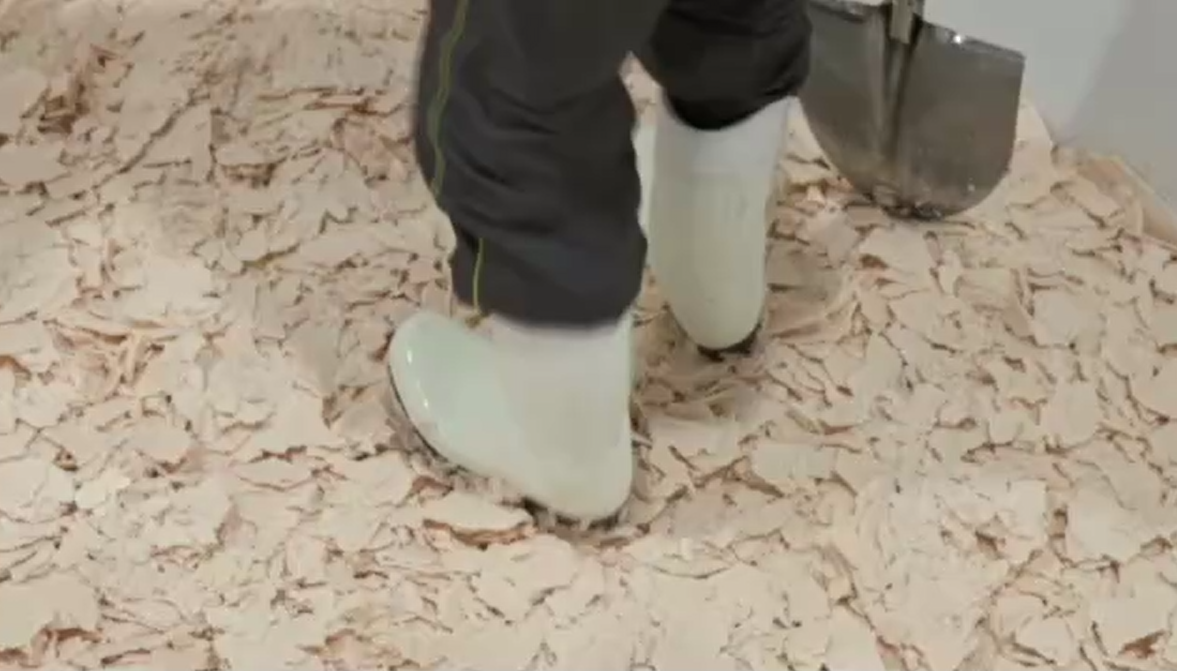
Traditional technique
Traditional technique
Watarai Honten introduced the traditional technique called motosuri (or yamaoroshi) that involves mixing and mashing koji and steamed rice. In general, Japanese sake brewing does not employ that process. However, raw materials are carefully mashed to accelerate the fermentation that can be only materialized by kimoto, despite time and care.
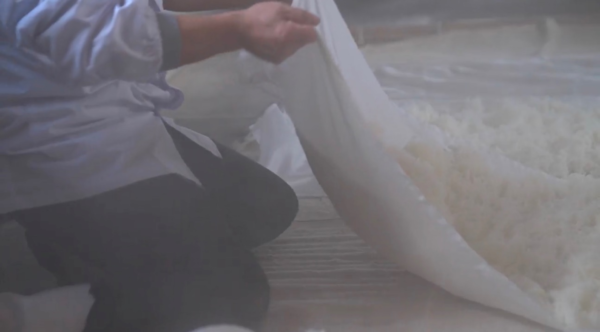
Why rice fermentation liquid
Why rice fermentation liquid
We choose rice fermentation extract for its wealth of beneficial components. These include amino acids and kojic acid. Amino acids are essential for skin and hair health and are effective for anti-aging care. Kojic acid, which was discovered and developed in Japan, is known for its effectiveness in reducing uneven pigmentation, such as dark spots and freckles, helping to achieve bright and beautiful skin.
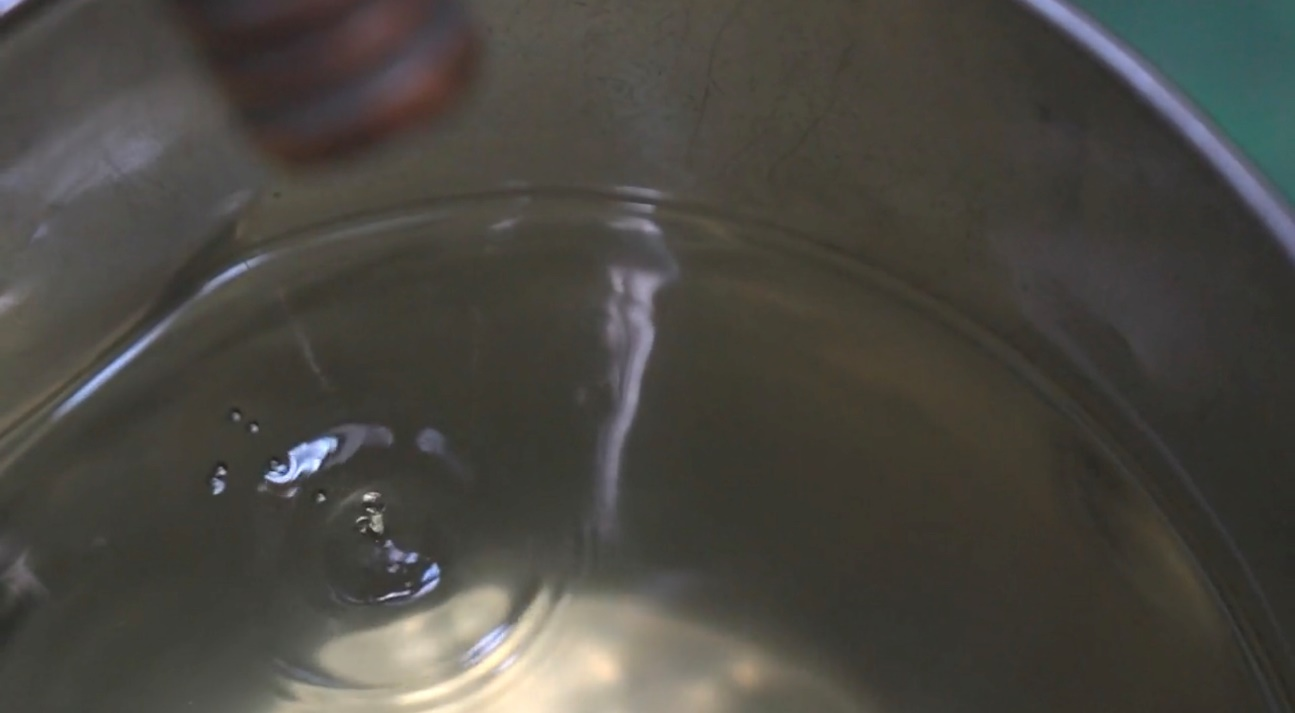
Copyright © 2020 KORAI
